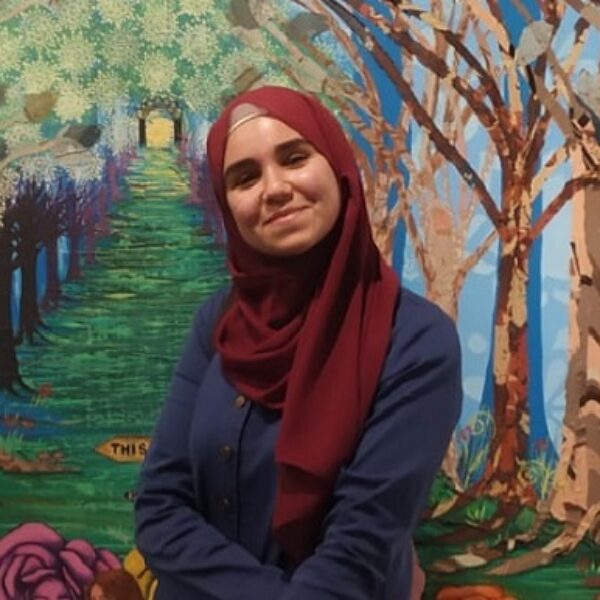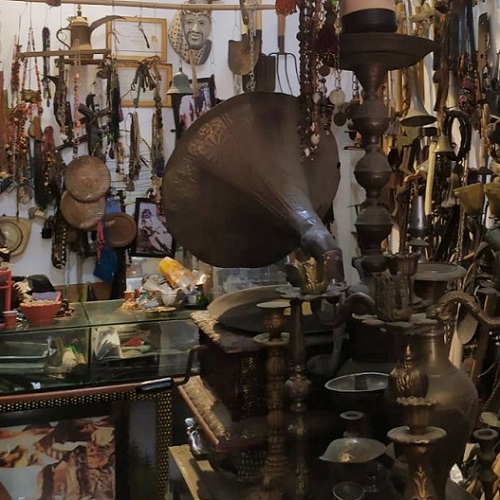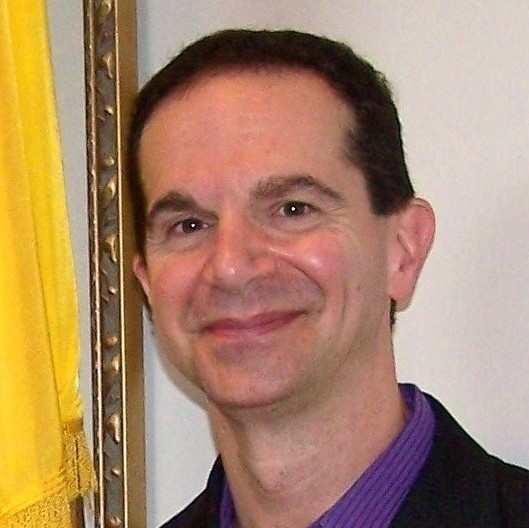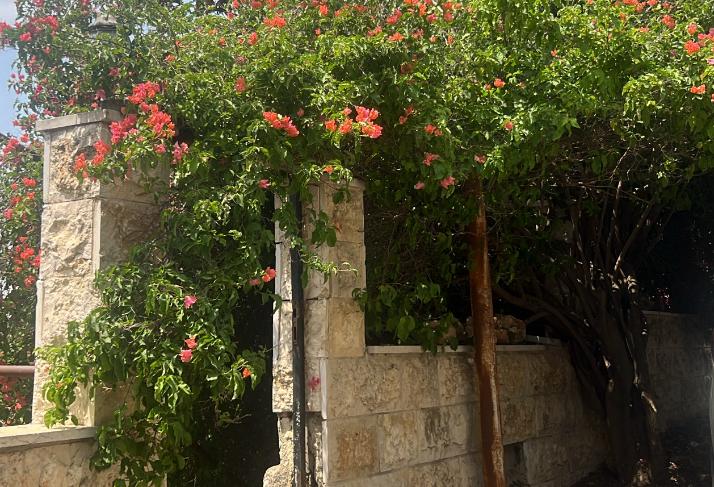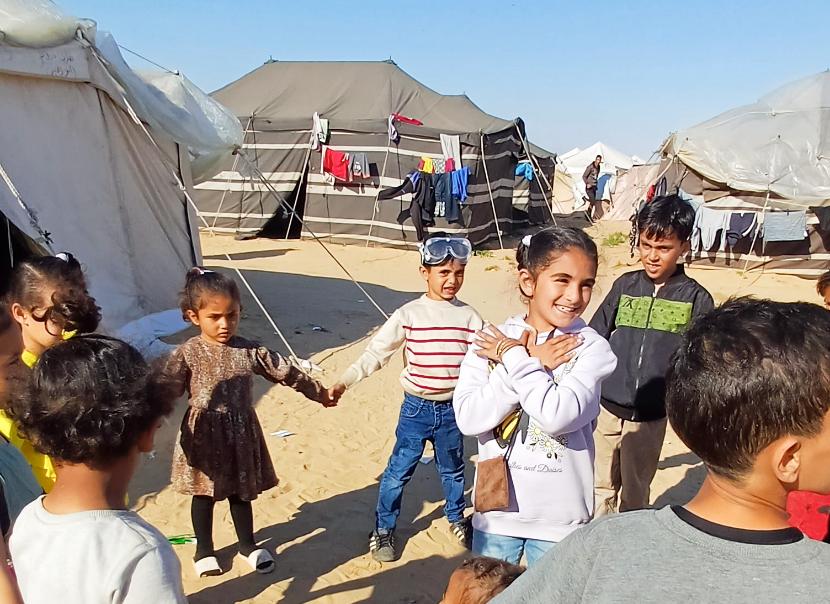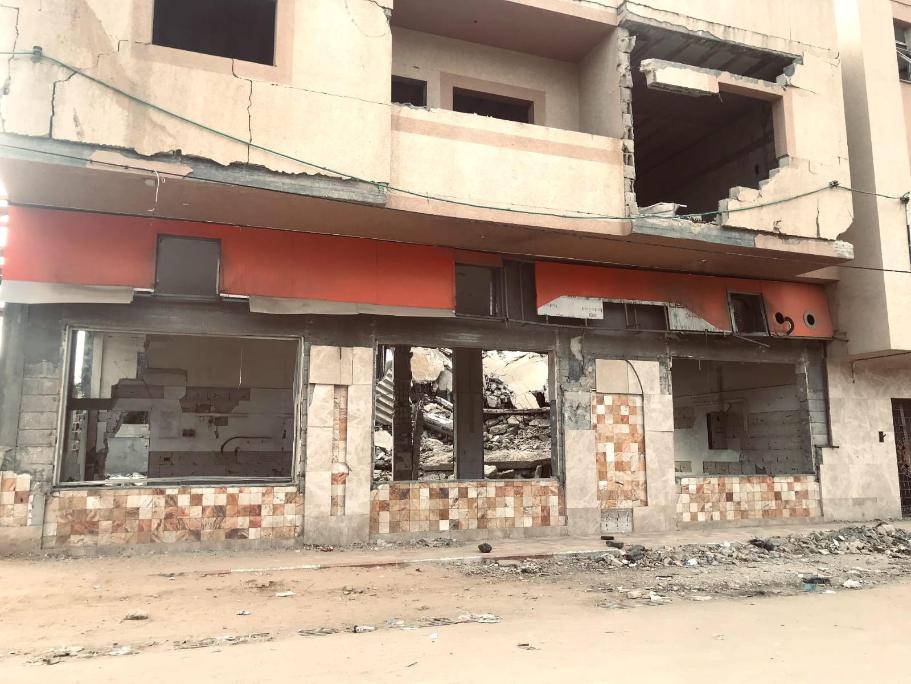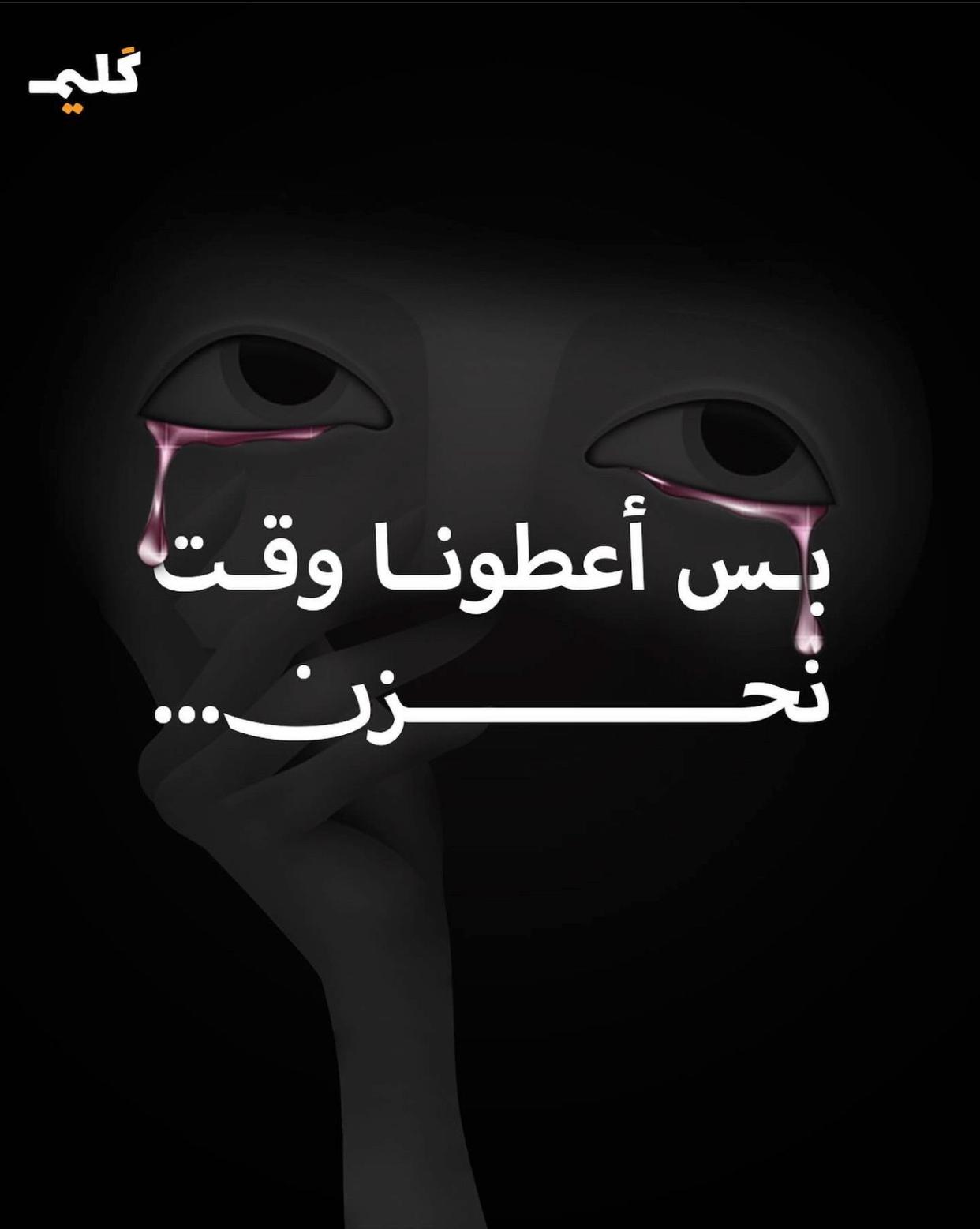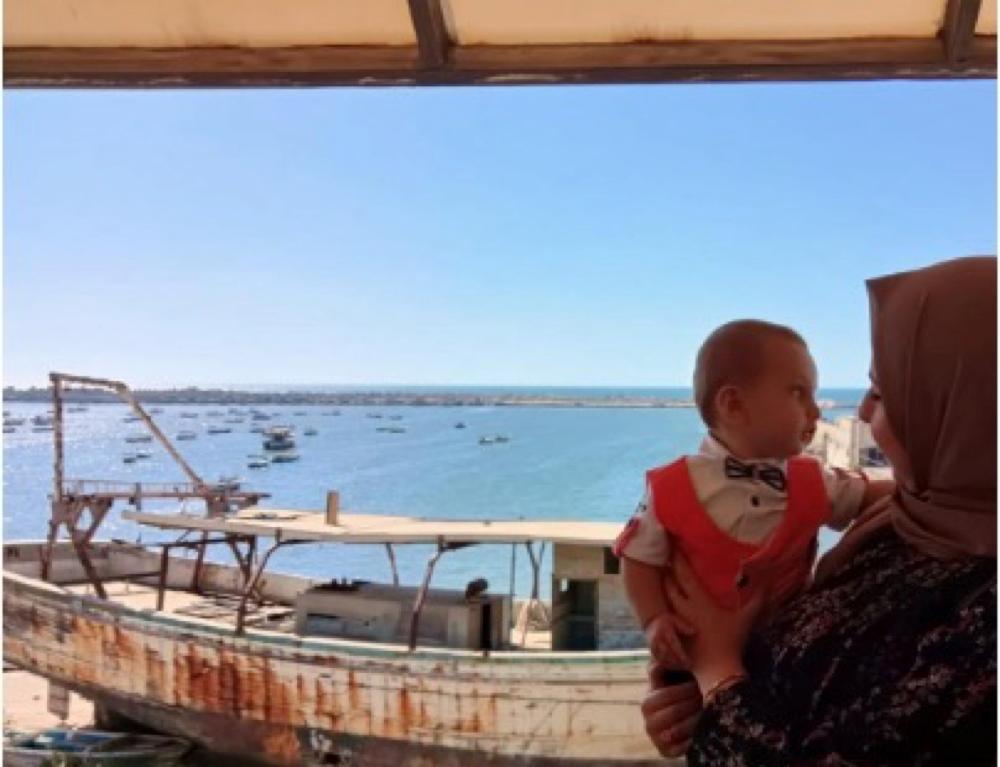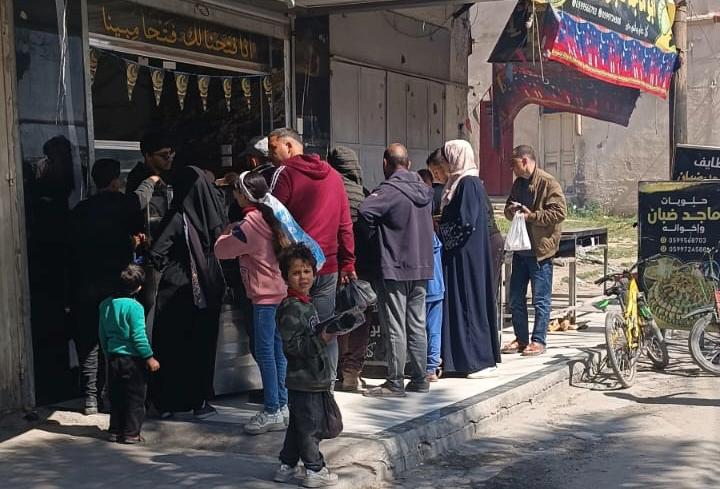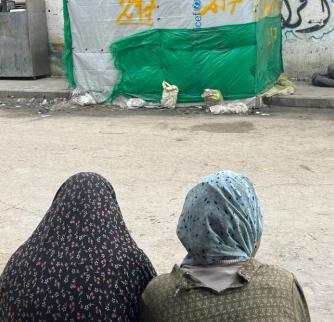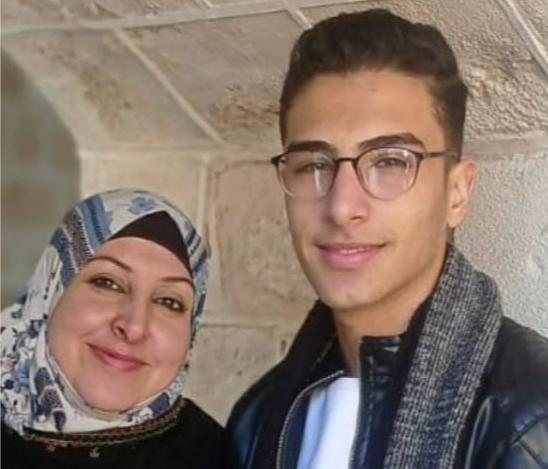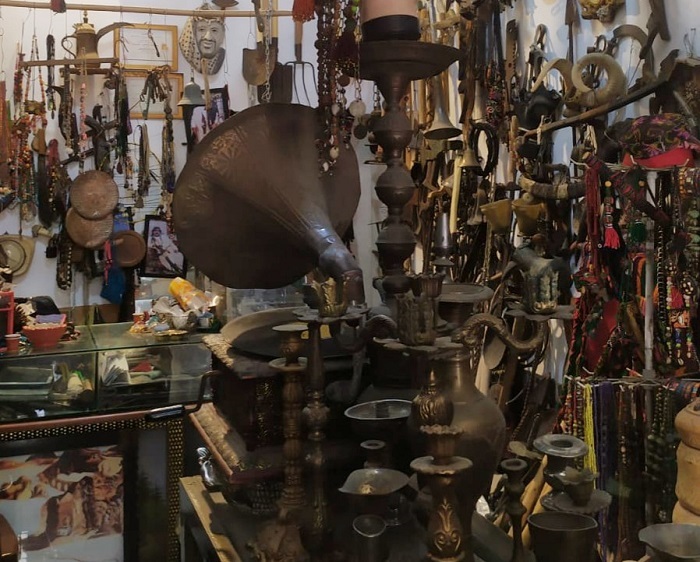
On your way home have you ever noticed the never-ending traffic, the little market calling itself “super,” the giggles of children playing hopscotch on the street or the delicious scent of food coming from a hidden nook, all in some way beckoning you to join them?
Well, much like Alice was enticed by the White Rabbit to step inside Wonderland, one day while walking home, I was enticed by a sign imploring me to enter an ancient and unnamed antique store. Inside this newly discovered wonderland in Gaza, thousands of archaeological and historical crafts from various cultures beckoned to me. Each piece had a story hidden behind its unique color or beneath its rusted surface.
This store is just one of many on Palestine Square, called Al-Saha, which swarms with vehicles, vendors and a plethora of things to spend your money on. Paris may be renowned for its perfumes, but this spot is known for the pervasive smell of its shawarma!
At its center is a mysterious black statue symbolizing the phoenix. This phoenix stands loftily as a symbol of hope and rebirth. Each day Gazans pass by it, and despite their economic and social difficulties, the statue helps reaffirm their belief that a better future can rise out of the ashes.
In front of this phoenix is a very long and wide street. This is the Omar Al-Mokhtar Bazaar. The street splits into two, one leading into the Al-Zaitoon neighborhood and the other leading into the Al-Shuja’iyya neighborhood. In Arabic, the word “neighborhood” literally means “alive,” and you can quickly guess where that appellation comes from.
Traveling here after a long day, you’ll find yourself quickly feeling at home. At this crossroads, on both sides of the busy street, is a long line of gift, phone, handicraft and homeware stores, and there’s also popular restaurants, clothing shops and rolling carts selling street food. While Al-Saha Square is known for its shawarma aroma, the entrance to Al-Shuja’iyya is associated with a tangy barbecue aroma that fills the air.
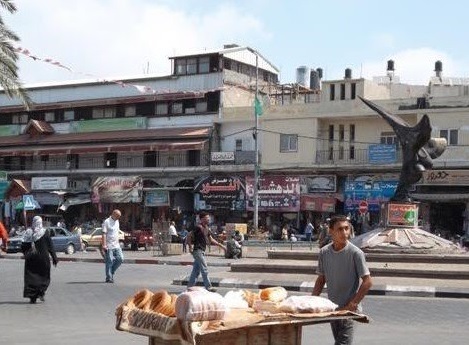
Childhood memories of Al-Shuja’iyya
During my childhood, there was a huge green field opposite the mosque. It wasn’t a park with amusement rides, but rather was more akin to a wild playground. In the morning, a shepherd used to tend his sheep there. We would play in a corner of the field, over mossy rocks and under the shadows of the buildings in which gorgeous and colorful wildflowers grew. We moved from one rock to another singing songs. Three hours after midday, the children of the area would gather to watch the boys’ daily football game. Our voices were heard by other “fans” living in adjacent buildings and watching from their windows. I think we could also be heard by the highest kites flying above us.
This playground was the center of the children’s community. However, when Eid arrived, we would favor another location. On Eid al-Fitr and Eid al-Adha, the large square down the next street served as the main gathering place. In the middle of it, there was also a monument with a huge number of names of the people killed in the war. Yet, their death was encircled by our life, as the exhilarating songs of our children were never exhausted.
This square was filled with amusement rides like swings, trampolines, small swinging-ship rides and even a Ferris wheel. Whenever a group of kids clustered around something, you could bet it was either a cotton candy machine, an apple candy cart or an ice cream cart. Only the sunset could bring us back home. I could never have imagined a place so full of life being deserted on a summer day.
Darkness falls on Al-Shuja’iyya
In Alice’s Wonderland, sometimes dreadful darkness waited for Alice on the inside of that rabbit hole. At times, the White Rabbit was for Alice a warning that things in Wonderland could change in a moment.
The Al-Shuja’iyya neighborhood is on the east side of Gaza City, close to the border with the Occupied Territories. It’s very big, and I live on the western outskirts. In 2014, I witnessed the massacre of our entire neighborhood, our homes, our parks and the places we played. It left lasting scars on my heart and sorrowful memories in my mind.
It was during the month of Ramadan. At the age of twelve, I woke up at dawn to eat our suhur meal under the light of our phones’ screens, as there was no electricity. We were one of the few families who remained in the neighborhood, and it was drowned in a silence that was only broken by the terrifying and close sounds of the ongoing bombs. I counted and predicted our house would undoubtedly be the next one to be hit. My parents didn’t stop praying, and silly me, I was only thinking of the most valuable thing I could possibly take if we had to leave. The sounds became louder and closer, and the time between bombs shrank from minutes to seconds. We called it the Dawn Massacre.
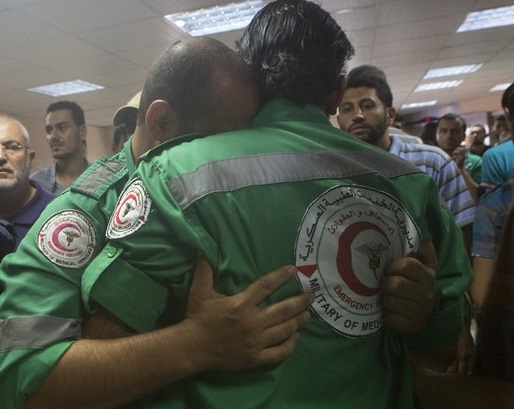
At the first blue of daylight the news spread everywhere: “Al-Shuja’iyya has been aggressively attacked.” I couldn’t reach the window to see what was happening, so I brought a chair and joined my siblings who were gathered around the windows. A wave of tears stormed the surface of my eyes. I tried to suppress it, but the ongoing wave of pain made it overflow. It flooded my eyes with blinding tears until I had no power over it.
In Al-Shuja’iyya, the hearts of breathless children were desperately searching for a safe haven after being subjected to such vicious bombing. They were running like a flood away from the hell being unleashed. “We were stumbling by our relatives’ bodies, but we couldn't help them. We couldn't even look back,” said one witness. In the deadliest Israeli attack in years, seventy-four people in my neighborhood were killed. Children, women and the elderly were among the victims. Those who couldn’t make it out were lying as dead bodies in streets afire under a grey sky. Rescue crews, paramedics and journalists were also brutally targeted. My mind couldn’t imagine the amount of blood and tears that were shed. These dreadful stories weren’t nightmares, they were real.
Still, this land will always be full of wonders for me. Despite the war and the lasting siege, there are, and will always be, rays of golden light that emit through the cracks of the giant gray wall that surrounds us. Al-Shuja’iyya; my home, my neighborhood, will be the phoenix that will rise from the ashes and fly to tell the tale.

